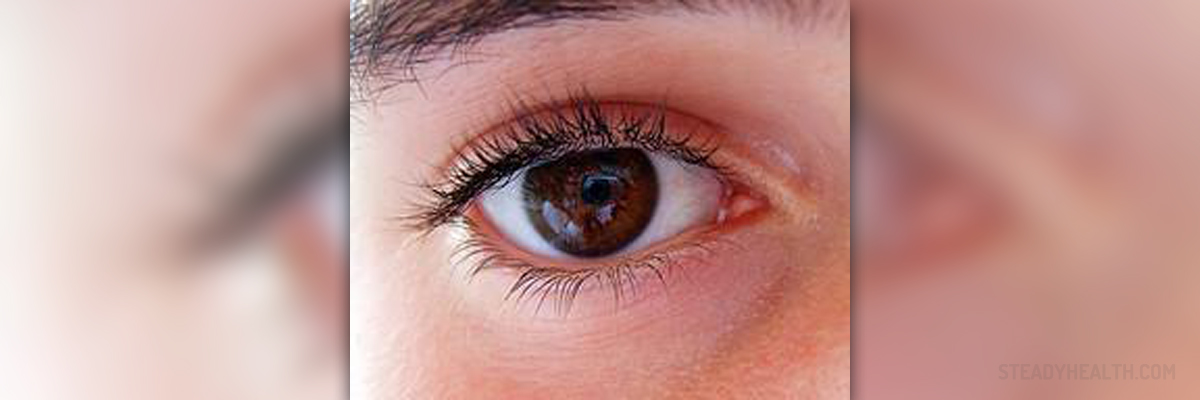
Lazy eye is a colloquial term for an eye condition called amblyopia. It occurs early in childhood when the vision fails to develop properly. Amblyopia mostly affects only one eye, but in rare cases it can affect both of them. it is estimated that two percent of all children have some degree of amblyopia.
In the early childhood it is important that clear images are formed in the eye, so the vision can develop normally. All babies are able to see as soon as they are born, but the vision develops until the age of seven or eight. If there is a problem with development, it can lead to problems, one of which is amblyopia or lazy eye.
Treatment options for lazy eye
Since lazy eye can be associated with another underlying condition, one direction in treatment should consist of finding, identifying and treating that problem. Another direction would be to make the affected eye work properly so the vision can develop normally.
In anisometropia, one eye works better than the other and the vision relies more on that eye than on the other. The other eye, which is not the main source of vision, may then become lazy. Shortsightedness or longsightedness may also lead to this problem.
Many problems with vision can be corrected with glasses or contact lenses. In some cases, eye surgery may be required.
When it comes to making the lazy eye work, there are several options. Some doctors recommend wearing an eye patch over the dominant eye, so the lazy eye has to become the main source of vision, which will make it stronger. The duration of this process, called occulation, depends on the extend in which one eye is affected, but also on the child’s age and on his or her willingness to cooperate by wearing a patch.
Patches are best if used before the age of seven or eight. They do not have to be worn all the time, just several hours each day. While the patch is on, it is recommended to engage in close-up activities, such as reading, drawing, coloring, doing homework and such.
A similar effect can be gained by using eye drops with blurring effect on the good eye. These drops dilate the pupil in the good eye so that the vision depends on the lazy one. Side effects of this treatment option include irritation, redness of the eyes and headaches.
Vision therapy seems to be a good solution for many children with lazy eye. It consists of exercises and games in which the child has to use the lazy eye. This therapy is done under the supervision of a qualified professional and it can be combined with glasses, patches or eye drops.




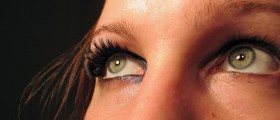

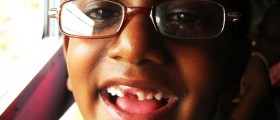
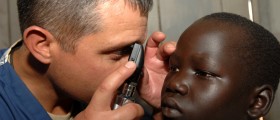


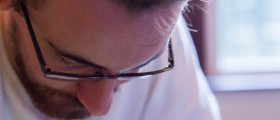


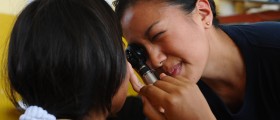
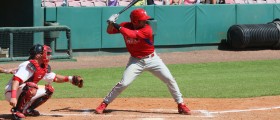


Your thoughts on this
Loading...